‘I want to be able to tell my grandkids where we came from’
By Joey TabacoThe first time I heard of Singgalot was in a 2008 Yahoogroup email from the Filipino American National Historical Society (FANHS) Metropolitan New York Chapter, in which I am a board member, announcing the opening of its tour in Los Angeles. A follow-up message thread from Nestor Enriquez, a FANHS National Trustee and its NJ chapter president, indicated that Singgalot had been previously displayed at the Smithsonian Institution (SI) in Washington DC since its creation for the 2006 Smithsonian Filipino American Centennial Commemoration marking 100 years of Filipino migration to the United States.
Jump to a November 24, 2010 Facebook message from Eliseo Silva, one of the artists displayed in the Singgalot exhibit, asking if “anybody want to bring this show to NY?” I was sort of surprised that one of the more established Filipino American organizations in the Metro NYC area had not bothered to bring this seemingly important event to the Big Apple. So I brought this up before the FANHS Metro NY Chapter board which agreed that we might try to take this project on. But given our meager resources, we could find a collaborative institution that had an acceptable venue where we could display Singgalot with its rather stringent museum quality requirements.
Living and working out here in central Suffolk County on Long Island and having been involved with past events at the Stony Brook University’s Charles B. Wang Center Office of Asian and Asian American Programming, I approached its director, Dr. Sunita Mukhi, a Filipino American herself, to see if we could interest the Wang Center in exhibiting Singgalot. After some serious paperwork and negotiations with the Smithsonian, the Wang Center managed to qualify for the strict environmental and security requirements to host the exhibit. Now the real work began to get the rest of the funding and put together a program.
So what made me think that this working class, semi-retired, eldest of 10, yes 10, second-generation siblings of American-born Filipino Americans — here in the U.S. since 1946 — with three kids and four grandkids and a little connection back to the old country could pull off such a feat? It would be impossible were it not for the rest of the members of the Singgalot exhibition committee and event performers. I just got the ball rolling and helped out where I could.
I was born and raised in ‘50s and ‘60s in the suburbs of New York, in the town of New Hyde Park with no other Filipino Americans in our high school at Martin Van Buren at the time I was there. The only quick trips to the Philippines I took was back to the barrios of Tagbilaran City in the province of Bohol every other year during the summer school vacation. Assimilation, or being “Borged” as we Trekkies called it, was the name of the game back then into the New York City culture, education, mores and customs, something incomprehensible to most of the post-1965 immigrants for whom diversity became the cultural standard.
Our father had been the first Filipino hired by the UN Secretariat to work at its new headquarters at that time here in Lake Success just after World War II. He had been teaching industrial arts in Manila after his discharge from USAFFE in 1945. He had been drafted in early 1941 before the war since he could read and write English and even sort of speak it, as well as type. Our mom came over in 1947 once my father had settled in at the UN staff housing at Parkway Village in Jamaica, Queens.
In 1953, we moved to a private house in New Hyde Park, an all-white European immigrant neighborhood just south of Lake Success and just west of the NYC/Nassau County Line, thanks to our father’s GI Bill benefits. The joke was that “we were the only colored family in the neighborhood.” But since just about all my friends’ parents/grandparents spoke some other language at their homes, we did not think it was strange that our parents also spoke that funny Visayan language in our house. I could sort of understand mainly as a defense mechanism, although we and everyone else only spoke English with our friends and out on the street.
I got my first job when I was 10. After school, I would be at the local candy store sweeping the floors and throwing out the garbage. At 12, I was a paperboy delivering the Long Island Daily Press. An interesting time in my young life was when I got a job posing as an Eskimo at the Alaskan Pavilion in the 1964/1965 New York World’s Fair. Since my GPA was not up to speed, unlike most other Asian American kids, I jumped the gun and enlisted in the USAF before I graduated from high school to avoid being drafted to Vietnam. The Air Force sent me there anyway.
After almost eight years in the AF — the last five chasing typhoons and hunting hurricanes all over the world in the back of a WC-130 Hercules aircraft, with a wife and kid in tow — a Vietnam vet job lined up at the Atmospheric Science Research Center at SUNY Albany. I decided to get out of the military and go to college there at the University at Albany as an Atmospheric Science major. The only student group I was invited to was the Italian American Student Association since my last name is also Italian. There was no Filipino American student organization back then.
I got a job offer from the Department of Defense to help automate the process of taking radiosonde observations in hurricane hunter aircraft down in MS. I then got a promotion to the National Weather Service at JFK Airport back here in the city. Later I went to its Eastern Region headquarters in Garden City to help automate operations at its field offices. One of my extra duties was as Asian American Pacific Islander Special Emphasis Program representative in the NWS Equal Employment Opportunity Program. I was doing community outreach to schools.
As such, I was invited by my daughter, a student here at SBU in the late ‘90s, to address members of the Philippine United Students Organization (Puso) about government opportunities for jobs, internships, scholarships and grants. After doing my spiel, I was greeted with dead silence and thought I had bombed out until one person slowly raised his hand and asked me how I managed to get along with my immigrant parents. That began for me a long-neglected, earnest search to find out what it meant to be a Filipino American.
Finding other folks my age with a similar background here in the Metro NYC area is somewhat problematic being that most Filipinos my age and even younger, were born in the Philippines and still speak the so-called national language of Tagalog. Not being able to speak the lingo or know the customs and courtesies puts you at odds with them to the point of them telling you you’re like their kids or worse, not really being a Filipino, which I’m not, being pretty much a hardcore New Yorker, which they’re not.
Even hanging out with the young adults from the Filipino Intercollegiate Networking Dialogue (Find) put me at odds with them being that I looked like their dad if not their ‘lolo.’ So in 2004 after I retired from the government and now had the time to pursue this quest, I took the advice of one of my contacts at Find and went to the FANHS National Conference in St Louis, MO, dragging my daughter along kicking and screaming. Turned out she had a better time than I did, and I had one of the best times of my life. Since then I’ve managed to attend two more biennial conferences in Honolulu and Seattle and had the greatest times of my life with my wife as well as some of my grandkids.
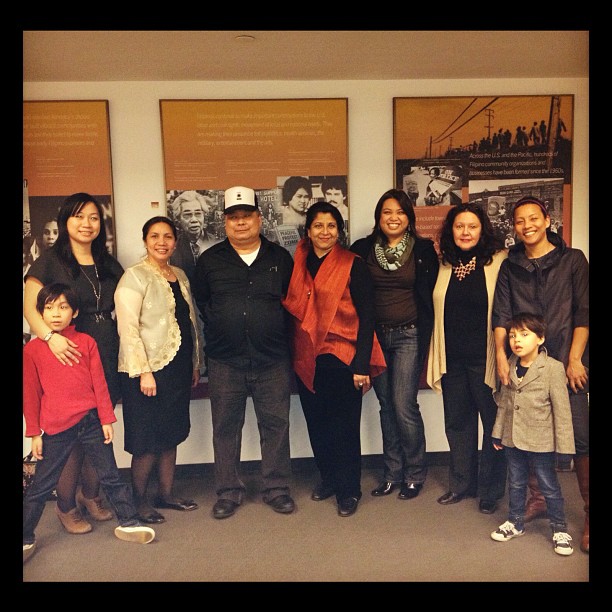
Tabaco with Wang Center’s Sunita Mukhi (in orange wrap) and FANHS board members Gail Prado, Lorial Crowder and Pamela Santos.
This brings me to one of the main reasons for learning about my roots and heritage as a Filipino American, that of being able to tell my grandkids where we came from as one of the ingredients in this stew of the American culture and help give them that sense of belonging to this great, though not perfect, country. As citizens, it is our obligation to keep this country great and make it better.
Singgalot is an important educational opportunity to find our place as Filipino Americans that many folks just haven’t been able to get from our educational system and even from some of the long generations of family that have been here in this country.
I would hope that all four generations of the Tabaco family and our friends will take advantage of this opportunity to visit the exhibition, come at a leisurely pace and take the time to absorb the contents Singgalot has to offer.
Joey Tabaco is a member of the board of the Filipino American National Historical Society Metropolitan New York Chapter. “Singgalot — The Ties That Bind: Filipinos in America from Colonial Subjects to Citizens” will run from February 12 to April 22 at Stony Brook University’s Charles B. Wang Center. This essay originally appeared in the Singgalot Souvenir Journal released during the opening ceremonies on March 3.

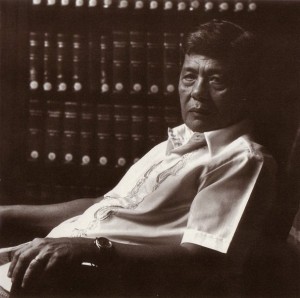
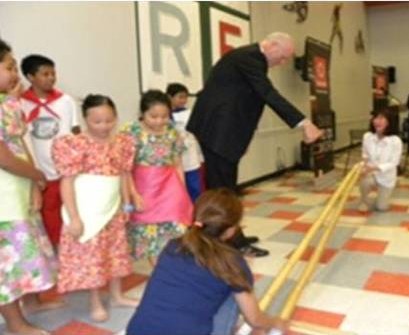


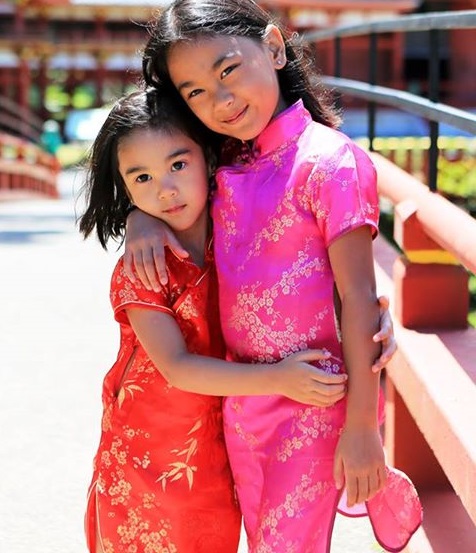
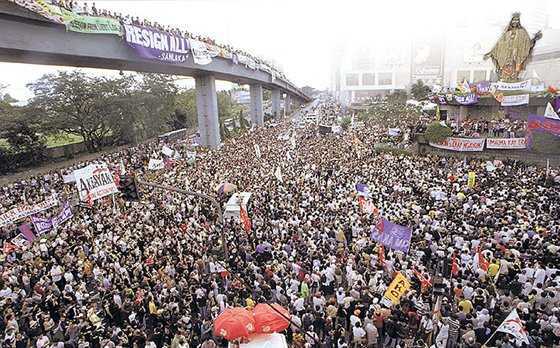
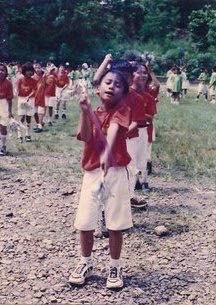
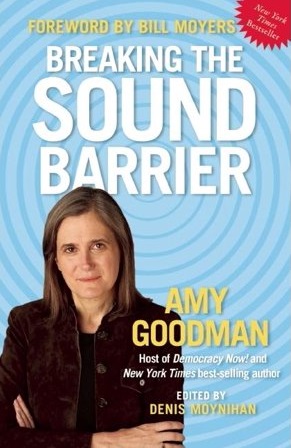

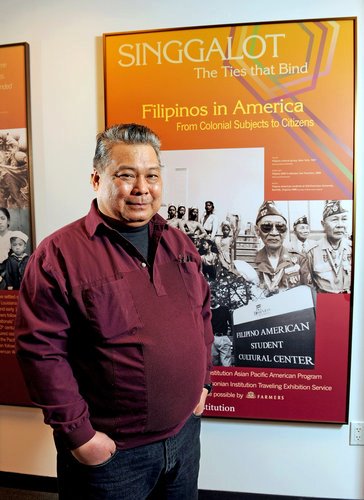

A wonderful story worth reading for any Filipino-American who get to read the life and times of fil-Am in America.
this article was 1st published in the Singgalot Souvenir Journal released at the Community Opening Ceremonies on March 3rd, 2012 at the Charles B. Wang Center of Stony Brook University on Long Island in Suffolk County, NY…
I couldn’t help but wonder why is there really that much need to pat yourself in the back by cleverly hiding it in the promotion of what seems like a wonderful event. I can’t also help and wonder about your sincerity to give back to the Pilipino American community when you were so easy to tell me, a Pilipino American, to go back to “MY” country. lol. I’m just saying Joey ; )
I really appreciate coming here everyday to see what’s new on your website, and I already told my friends to do the same.
[…] was probably the youngest visitor to the Smithsonian traveling exhibit called “Singgalot — the ties that bind: Filipinos in America from colonial subjects to […]
I love coming to your website.